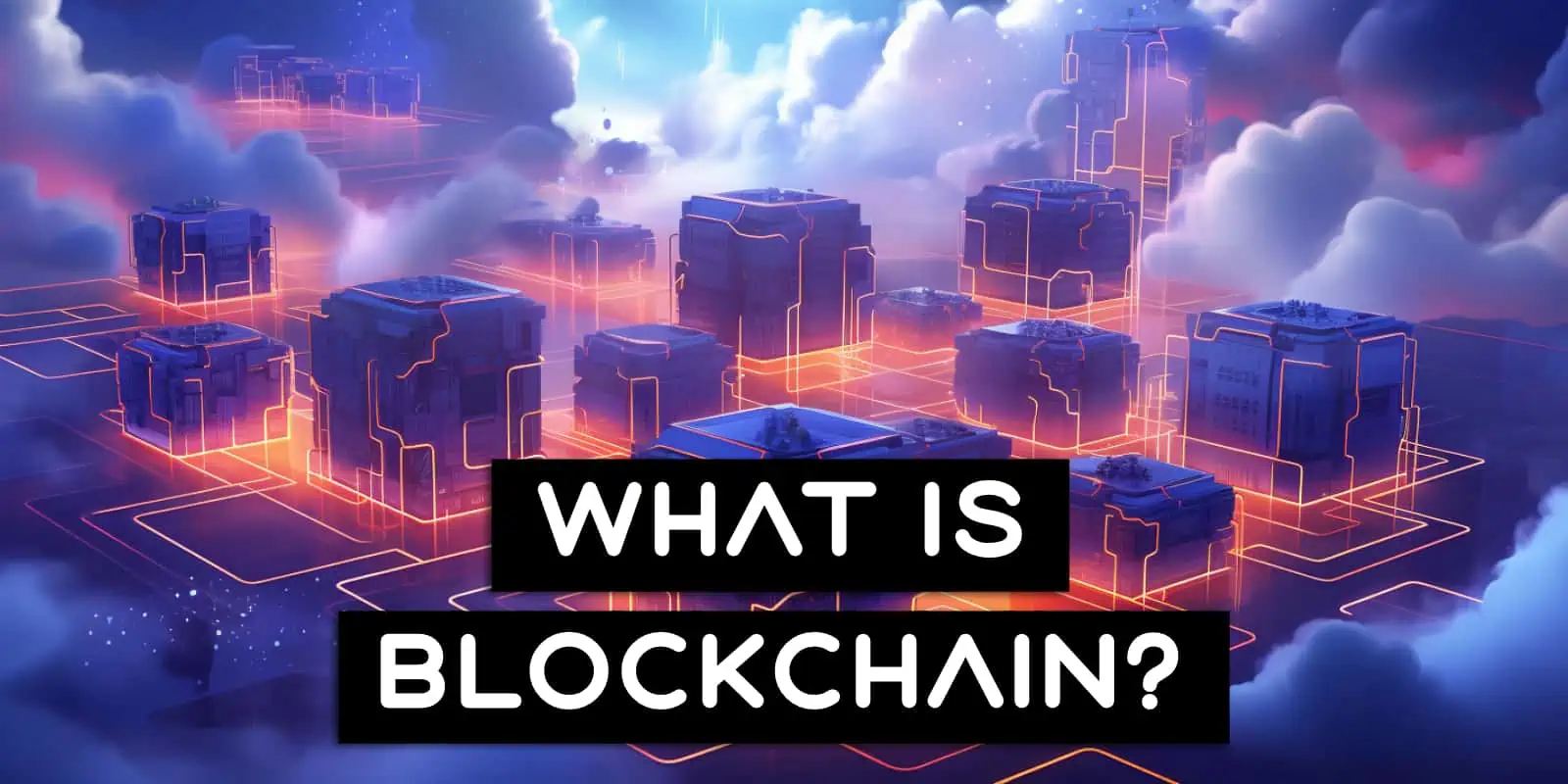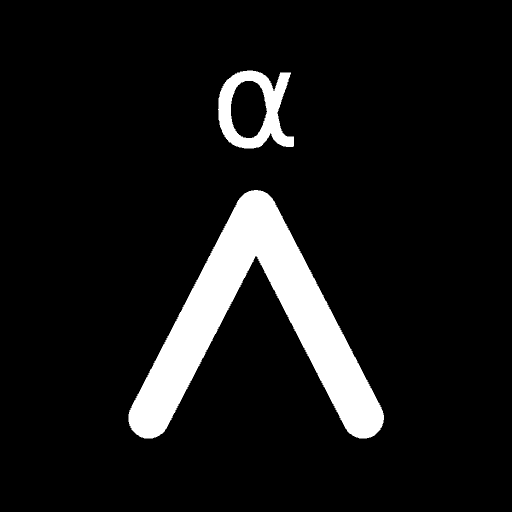You’ve of course heard of the term blockchain, it’s what lies beneath those shiny cryptocurrencies! But what is blockchain? How exactly does blockchain technology work? Can you invest in blockchain? All great questions and we’re going to go through everything in a simple way without all that mumbo jumbo word salad that most experts use.
Contents
What Is A Blockchain?
A blockchain is a distributed database, also referred to as a distributed ledger, that’s shared between many nodes on a network. They are most commonly used in cryptocurrency networks, but they have been used for other things too. The data that’s stored in a blockchain is Immutable, meaning that it can never be changed.
Let’s break down some of those key terms to further clarify that paragraph:
- Blockchain: A type of database or file, similar to an Excel spreadsheet
- Distributed: This means there is more than one copy stored throughout the world
- Node: Any computer or server that runs the software and is part of the blockchain network
- Immutable: This means that the data can never be altered or deleted
In order to keep track of who owns what tokens or coins, cryptocurrencies use blockchain technology. This big database or file is constantly updated to show who owns what. For example it might say “Bill owns 1 bitcoin”.
How Does Blockchain Work?
You’ve likely used Excel before, maybe for your own finances. It’s important to realize that at its heart, this is all blockchain really is. A lot of people over complicate it, but it’s just a big spreadsheet full of data. What is rather different though is how that data is entered and accessed as well as where the data is stored.
Rather than opening good old Excel and just typing in a number, with blockchains you use programs called scripts. These scripts are what enters in or accesses the data on your behalf. Another difference is that blockchains are distributed or decentralized. As said, this simply means that there is more than one copy of them for redundancy purposes and that those copies are distributed on many computers (called Bitcoin Nodes) all around the world.
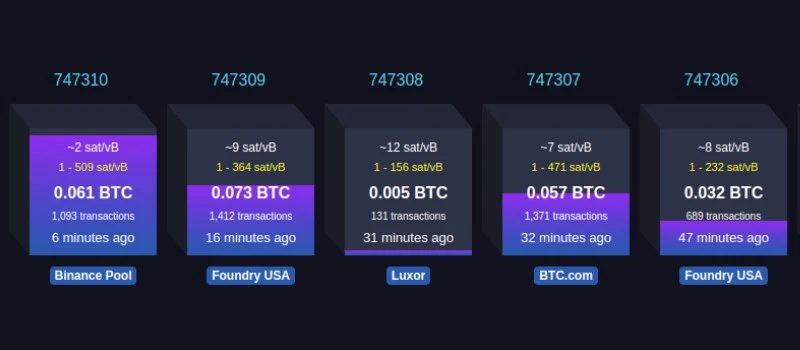
When a transaction is broadcast to the Bitcoin network and ownership of various coins changes hands, it’s bundled together into a “block”. All the information in that block is then run through a cryptographic algorithm called a hashing function. This creates a unique, hexadecimal number called a hash and this hash is added to the block header.
Again we have a number of terms you might not be familiar with, but it’s OK. Just remember that through these hashes, a link is formed from one block to the next. If a block, or the transaction data inside that block, is changed, the hashes no longer match and the network will reject it. This is what “chains” one block onto all the existing ones.
All these individual blocks, chained together, form the block chain. While there are tens of thousands of copies of the Bitcoin blockchain, they are all identical on every node.
Blockchain Transactions
Now that we understand a bit more about how blockchains in general work, lets dive deeper into how transactions in a blockchain work. Again we’ll make this simple and easy to follow.
As stated earlier, you don’t just enter data into a blockchain like a spreadsheet, instead it’s done through scripts. To begin, you create a new Bitcoin transaction using any of the software wallets that support Bitcoin.
The transaction has to be formatted and signed by your Private Key in order to prove to the network that you have the authority to spend your funds. Once created and signed, the software broadcasts your transaction to the Bitcoin network.
In our Bitcoin network we have many nodes. Each node contains both the Memory Pool or Mempool (shown below as green transactions blocks) as well as a full copy of the Bitcoin blockchain (shown as the blue blocks). The mempool is just all the most recent transactions that haven’t yet been confirmed into the blockchain.
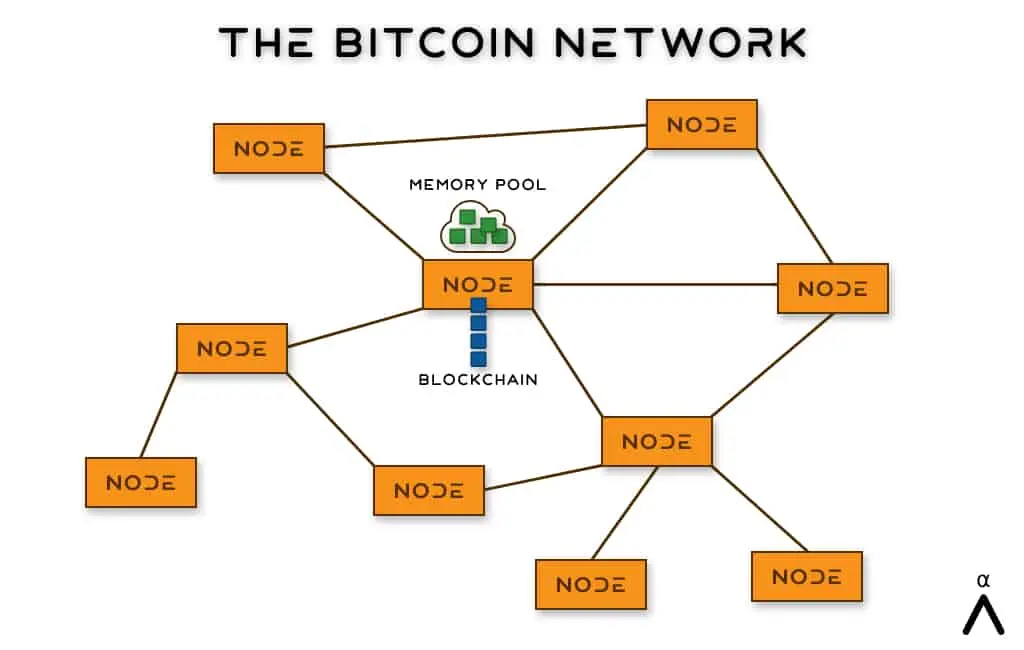
All these nodes share your new transaction with all the other nodes on the network and they all store it in their Mempool.
Next, Bitcoin Miners take those transactions in the mempool, bundle them together into a new block and begin the process of confirming it onto the blockchain. To perform this mining process a miner needs to expend a lot of computer processing power or “work”. This work takes the form of a challenge and is referred to as Proof-of-Work or PoW.
Learn More: Bitcoin Proof Of Work
Once this challenge has been “solved” the block and all of the transactions inside it are added onto the blockchain. The node will also broadcast this new block to every other node on the network which adds it to their blockchain assuming everything checks out and is valid.
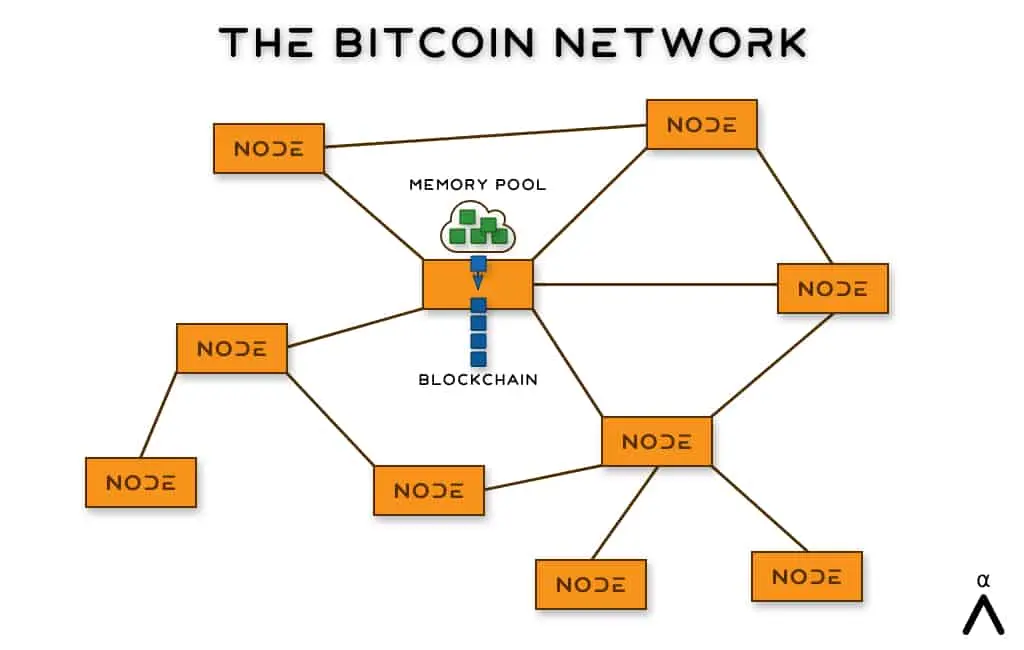
Once a transaction is inside a confirmed block, you can be pretty sure that it’s complete. However if you’re sending or receiving a large amount of money then it’s recommended to wait until 3-6 extra blocks have been confirmed on top of it.
The more blocks that are confirmed on top of it, the more impossible it becomes to alter as any attacker who is trying to do this would have to have increasingly bigger and bigger levels of computing power to perform the attack. Confirmation of 6 blocks will, on average, take 1 hour.
Bitcoin vs. Blockchain
What’s the key difference between Bitcoin and Blockchain? Let’s explain it simply:
| Bitcoin | Blockchain |
|---|---|
| First and most globally recognized digital cryptocurrency | The technology used by Bitcoin and other cryptocurrencies |
| Allows people to buy goods and services without the need for a centralized trusted third party like banks or central banks | Is a shared database or file that’s stored on computers around the world and contains transaction information grouped into blocks |
| Transactions are recorded on a decentralized ledger called a blockchain | Each block is “chained” to the last block |
| This blockchain is stored on a network of tens of thousands of computers all around the world | Keeps track of who owns what tokens or coins on the network |
Learn More: What’s The Difference Between Bitcoin And Blockchain?
Blockchain Transparency
One of the biggest changes when dealing with a monetary network like Bitcoin is that its blockchain and thus, all its transactions, are completely transparent. This is completely different to fiat money such as the USD where all transaction databases are private and controlled by trusted third parties like a central bank or payment processors like Visa or Master Card.
As Bitcoin completely removes all trusted third parties, it needed to solve the Double Spending Problem in a different way. Having the blockchain be fully open and viewable by anyone enabled this and also allows the entire network to be fully auditable and known at all times.
Anyone, anywhere and at any time for free can view every single transaction that has ever taken place on the Bitcoin network. You can do this by looking at a public block explorer such as Mempool.space or by running your own Full Bitcoin Node.
If you’re using a public block explorer, be careful not to use it to look up your own transactions or addresses as this will be linked to your IP address and is bad for your privacy and security.
Blockchain Decentralization
While having a single, centralized database is much quicker and cheaper to operate, it’s not very safe or redundant. This is why companies will usually make backups of their databases and store them off site. Blockchains take this to a whole new level.
Instead of having one central copy of the data that’s backed up every now and then, a blockchain has thousands or tens of thousands of copies all spread out across the world. This decentralization of the Bitcoin blockchain is incredibly important and a core principle of why Bitcoin is structured the way it is.
This decentralization not only ensures that the data is safe and will never be lost, it also adds to its immutability. For example, if an attacker tried to change the blockchain on their own node, all the other nodes would instantly recognize it as incorrect and reject it.
A number of things, such as how big each block in the blockchain can be, were chosen specifically to maximize this decentralization. The more people that run full Bitcoin nodes and store a copy of the blockchain, the less centralized the network is. This makes it more resilient against powerful entities taking over control of it.
There are currently around 50,000 nodes in the Bitcoin network. For a fantastic break down of how many global Full Bitcoin Nodes there are plus locations, check out Bitnodes.
New to Athena Alpha? Start today!
Pros & Cons Of Blockchains
Just like with everything else there’s benefits and drawbacks of using blockchain technology. For the most part, it’s usually cheaper, faster and better to use a centralized database rather than a blockchain, but that doesn’t mean it’s not critical for certain applications.
Pros
- Reduced Costs: Validating and processing a transaction takes work and as such, costs money. As blockchains perform this entirely automatically rather than via humans and multiple third party companies, transaction fees costs much less
- Reduced Errors: As this processing of transactions is done entirely by computers with tens of thousands of them checking every bit of data with each new block, there are no errors like there are with humans and trusted third parties or companies doing this
- Increased Availability: With computers and the processing of transactions being fully automated also comes increased availability. For the last 10+ years Bitcoin has had a perfect 100% up time and operates 24/7/365 unlike banks which regularly close or go down
- Increased Settlement Speed: While you might buy a cup of coffee at the shop in seconds, this transaction isn’t final and it can often take days or weeks for the funds to fully settle. By contrast blockchain transactions can take a few minutes and once confirmed, are irreversible meaning there’s no risk of a charge back
- Increased Transparency: As blockchains are usually transparent, it means that everyone can see exactly what’s happening. This makes it much harder for criminals or companies to hide their illegal or bad acts and promotes a more honest environment
- Decentralization: As mentioned above, blockchains are fully decentralized ensuring that there is no collusion and abuse of power over the transaction ledger. This decentralization also makes the data far more redundant and safe compared to centralized ones that can suffer from attacks or accidents that result in all the data being lost forever
- Permissionless: Due to its transparent and open nature, blockchains can be used without having to ask anyone for permission or having a certified ID or account. This is not only handy, but critical for billions of people who are currently unbanked in the world due to not having this sort of documentation through no fault of their own
- Censorship Resistant: You’d have to stop the Internet to stop the Bitcoin blockchain. By contrast it’s trivial for governments to cut off access to centralized services. This is again critical for billions of people who currently live under oppressive rulers or dictatorships and that actively suppress their access to basic financial services such as saving or sending and receiving of money
- Tamper Resistant: As every block is cryptographically linked to the block before it, tampering with a blockchain database is impossible. By contrast, a centralized database could be secretly altered and there would be no way to know that it was changed or by whom
Cons
- Decreased Speed: As transaction information must be shared with tens of thousands of nodes all throughout the world, this means that it takes longer to add new data to a blockchain. On average, each new block full of hundreds or thousands of transaction is added once every 10 minutes. By contrast, adding a new transaction to a centralized database happens essentially instantly
- Decreased Efficiency: When you make more and more copies of the same data then this obviously makes things less efficient than having two or three copies
- Increased Cost: As there are more copies of the data all being stored on more computers, this by its very nature means the data storage costs are higher for blockchains.
- Decreased Centralized Control: Blockchains are usually, but not always, open, transparent and decentralized. This means that no one person, company or government controls it. This means that controlling “illegal activity” is not possible. This can be both a pro and con as while it allows access for the billions of unbanked people in the world, it also makes criminal transactions unstoppable. That being said, even criminals are slowly learning that having their crimes stored in a fully open, immutable database isn’t a very smart idea!
Other Blockchain Uses
In 2017, the word “Blockchain” was so over hyped that companies saw their share price increase by over 400% – in a single day! – simply by adding the word to their company name. People with no clue thought it was the next greatest thing since the Internet. Needless to say, they got rekt.
At its heart a blockchain is just a database that’s copied onto multiple computers all around the world. This makes it much less efficient and slower than having one, central database. But. It has the benefit of making it decentralized. As such, if you can use a normal, centralized database to accomplish your task or App and don’t need it to be decentralized, then using “Blockchain” likely isn’t a good idea.
For Bitcoin, the whole point is to remove trusted third parties and centralized authorities, so using a traditional database isn’t possible. This is why Bitcoin has to use a blockchain, even though it’s not as efficient or fast.
Many companies have tried to use blockchain technology for other applications like voting systems or storing medical data and some have shown promise. However it’s still too early to tell whether there are other solid use cases for blockchains beyond Bitcoin.
FAQ
What Is A Blockchain Exactly?
Simply put, a blockchain is a database similar to what you might find in a spreadsheet, that’s shared between many nodes on a network. They are most commonly used in cryptocurrency networks, but they have been used for other things too. The data that’s stored in a blockchain is immutable, meaning that it can never be changed.
Will Blockchain Be The Future?
Blockchain has its pros and cons when compared to a centralized databases and as such, is useful for some things and terrible for other use cases. It is the future for all cryptocurrencies, however it’s still too early to tell whether there are other solid use cases for it beyond this.
Is Blockchain Real Money?
Blockchains are a way to store data in a decentralized and immutable way. While the first and most popular use for a blockchain is to store cryptocurrency transaction data, this isn’t the only type of data that can be stored in them. As such, blockchain technology is not money at all, it’s a form of data storage similar to a spreadsheet.
What Is An Example Of A Block Chain?
The first and biggest example of a blockchain is the Bitcoin blockchain. This blockchain stores transaction data for the Bitcoin network and is distributed across tens of thousands of nodes all around the world.
What Is The Main Purpose Of Blockchain?
The main purpose of a blockchain is to store data in a distributed and immutable way. This increases redundancy and availability while reducing errors, tampering and censorship.
What Is The Difference Between Cryptocurrency And Blockchain?
Cryptocurrency is a digital only currency, with no physical real world presence (like a $5 note), is secured via cryptography and uses a blockchain to store its transaction data. A blockchain is a technology used by cryptocurrencies to store data in a shared and immutable way.

